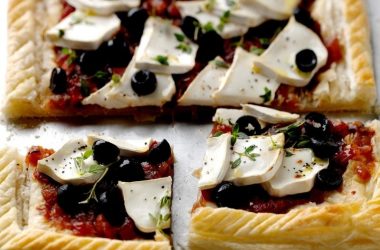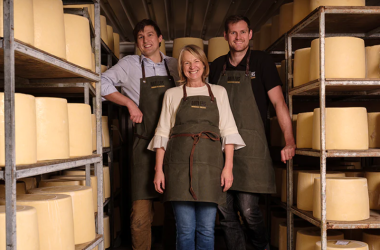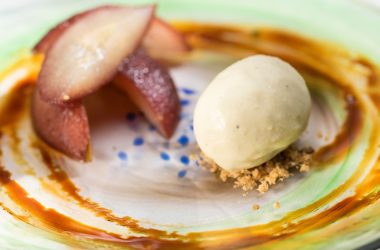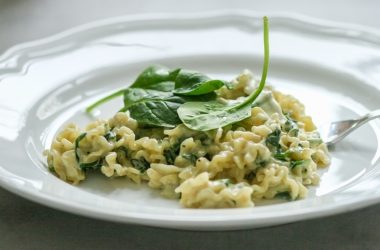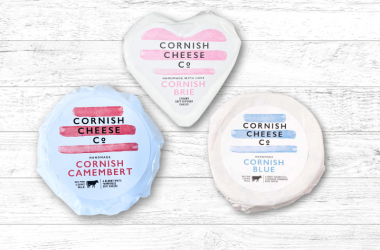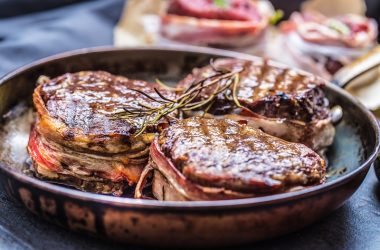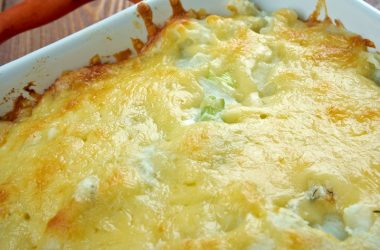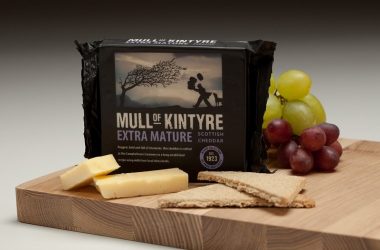Roquefort: The King of Blue Cheese
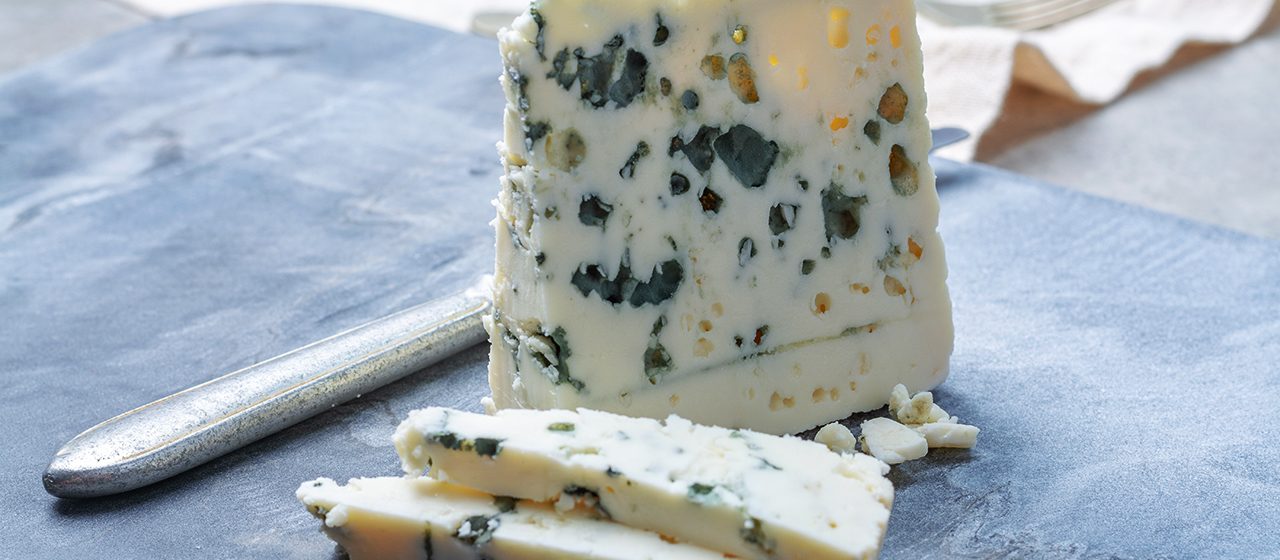
Unless you’ve been living in a cave, you’ll have heard of Roquefort, the kind of cheese that needs no introduction. It defines it’s own category of cheese, appears in stories and legends of old, and is hailed as a superfood by modern-day scientists. Incidentally, ‘In a cave’ is exactly where Roquefort’s history began… Here’s the full story of Roquefort, The King of Blue Cheese.
The Legend of Roquefort’s Discovery
Roquefort is one of the oldest cheeses in the world. The first mention of Roquefort was by Pliny the Elder, a Roman author from around 70AD who wrote extensively about cheese and cheese-making. The legend is that a youth was eating his lunch of bread and ewe’s milk cheese when he saw a beautiful girl in the distance. He ran to meet her and in pursuit of the girl, he forgot his meal. His quest proved fruitless, and it was only months later he returned to the cave, where he found his meal had transformed. His cheese was now veined with blue mould. Compelled by hunger, he tasted it and found it unexpectedly delicious: this is how Roquefort was born.
Following this the cheese was mentioned a few times in historical records. It was reportedly a favourite of Emperor Charlemagne who ruled in the 8th century in France. It also crops up in the 1400s on menus for banquets. In 1411, King Charles VI granted the villagers of Roquefort-sur-Soulzon exclusive rights to the aging of the cheese in their caves, effectively recognizing and protecting its designation of origin. This royal decree marked one of the earliest instances of quality control, highlighting the cheese’s significance in French heritage. That heritage and control is still recognised today, and in 1925, it became the first cheese to receive the Appellation d’Origine Contrôlée (AOC) status in France.
Production
Roquefort is named after the village of Roquefort-sur-Soulzon, nestled in the Aveyron region of southern France. This area is characterized by its limestone caves, one of which was supposedly where Roquefort originated. And we can quite believe it, because the limestone caves play a pivotal role in the cheese’s maturation process. It’s the consistent temperature and humidity levels of these caves that create it’s unique flavour and distinctive blue veins.
The cheese is crafted exclusively from the unpasteurised milk of Lacaune sheep, a breed well-adapted to the region’s rugged terrain and climate. The ewe’s milk is then warmed and combined with rennet. Once the curds form, they are cut, drained, and inoculated with the mold Penicillium roqueforti. They are then stored in the limestone caves to mature for at least 90 days, being regularly turned for an even aging.
Health benefits
Did you know that the French live longer than any other nationality in Europe, despite having a diet high in salt and fat? It’s known as the ‘French Paradox’, and scientists think that it’s down to Roquefort.
They found that Roquefort has anti-inflammatory properties, and that these properties worked best the riper the cheese. The properties of the blue cheese were found to work best in acidic environments of the body, such as the lining of the stomach or the skin surface.
The scientists said, “We hypothesize that cheese consumption, especially of moulded varieties, may contribute to the occurrence of the ‘French paradox.’ Moulded cheeses, including Roquefort, may be even more favourable to cardiovascular health.”
Roquefort is rich in protein and calcium, contributing to muscle function and bone health. But as it is also high in fat and salt, it should be enjoyed in moderation.
What does it taste like?
Roquefort has a moist, crumbly texture, interspersed with blue-green veins of mould. Its taste is a harmonious blend of creamy richness, sharp tanginess, and a hint of saltiness. It’s this complex flavour profile and creaminess that makes it so special and distinctive. It is often used in recipes for sauces, salads and dressings, it’s often used in blue cheese sauce alongside steak. It’s also great eaten with nuts and fruits – figs and pears are particularly good, as is honey and cashews. It’s best paired with a fruity red wine such as a Bordeaux. Or, try it with Sherry or Madiera which are a little sweeter, as they offer a great flavour combination with the saltiness and creaminess of Roquefort.
Where can I get it?
We sell Roquefort as a 100g wedge, or you can buy Roquefort as part of The French Superieur Selection Box.


